F1 has almost certainly seen the last of the extreme wet tyre that has proven so problematic and been berated by the drivers over its lifespan.
Since the introduction of the ground-effect cars at the start of 2022, the extreme wet tyre has been used sparingly. The occasions when it has made an appearance, have only added to the issues faced by the drivers in such conditions.
The main concern has been the fact that the current cars create a wall of spray that makes visibility almost negligible, adding to the danger experienced by those on track.
Although the extreme wet naturally displaces considerably more water than the intermediate through its deeper grooved pattern, due to the ground-effect of the cars, however, it has never been enough to make it a tyre on which the drivers feel they can safely compete.
Case in point was at the recent Belgian Grand Prix where heavy rainfall prior to the race suggested the extreme wet could be used. All the teams had the blue-striped tyre ready to go.
Race control, however, waited until the conditions were suitable for the intermediates only, and even then, four formation laps were conducted behind the safety car before a rolling start was implemented.
Asked, in an exclusive interview with RacingNews365, as to the future of the extreme wet tyre after what unfolded at the Spa Francorchamps circuit, Pirelli motorsport director Mario Isola said: "In Spa, we knew it [the use of the extreme wet] was not going to happen.
"That's because it's a track where you have some sections that are high speed and quite, let me say, dangerous. Nobody wants to take any risk for the drivers.
"The problem is, if I look back [at the previous race] at Silverstone, in the wet conditions with intermediate tyres that were working well, the visibility was not enough.
"It's impossible to change the situation this year because the cars have these characteristics, where they are spraying a lot of water from the floor, from the diffuser, and you cannot change it now."
Looking ahead to next season, with the major change in the regulations, Isola added: "Next year, the cars will be different.
"First of all, we will need to understand how much spray will come from the car; how much spray will come from the tyres. The tyres will be slightly smaller, so maybe there will also be a little less spray.
"But I'm not 100 percent sure that we're going to use the X wet again [this season], because clearly, the level of spray from the X wet is very, very high, and this is compromising the visibility.
"In general, what we can see, is that you reach a certain point of water on the track that is just over the crossover between the intermediate and the wet, and it's the time for red flagging the session."
Also interesting:
Join RacingNews365's Ian Parkes, Sam Coop and Nick Golding, as they look back on last weekend's F1 Hungarian Grand Prix! McLaren's interesting control over its drivers is discussed, as is the current struggle being endured by Lewis Hamilton.
Rather watch the podcast? Click here!
Don't miss out on any of the Formula 1 action thanks to this handy 2026 F1 calendar that can be easily loaded into your smartphone or PC.
Download the calenderMost read
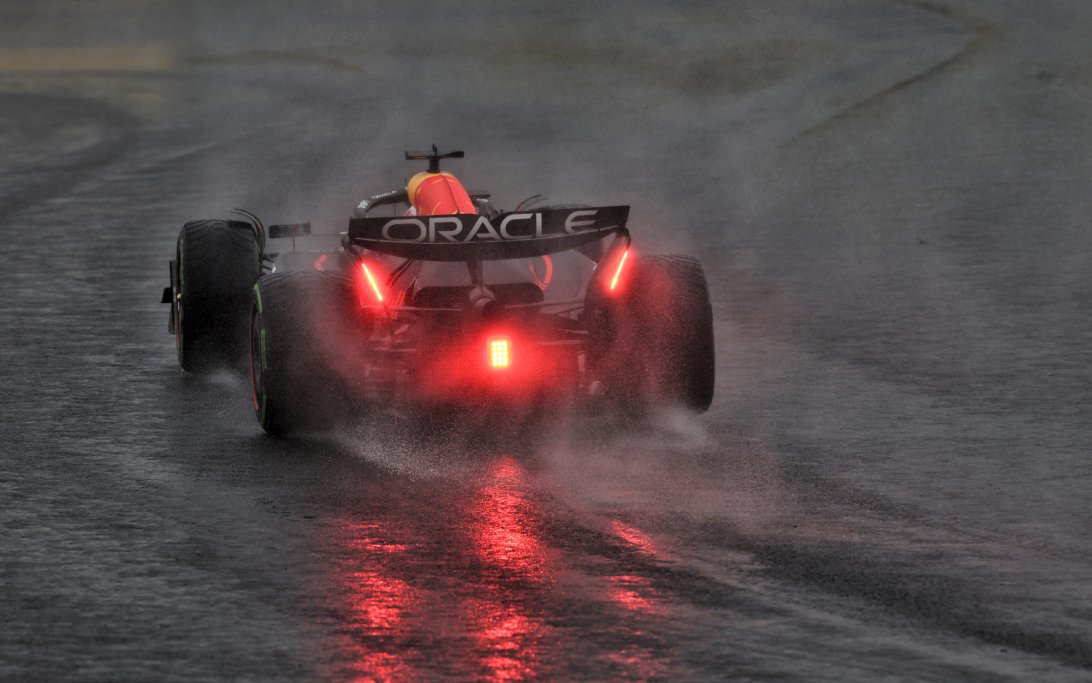


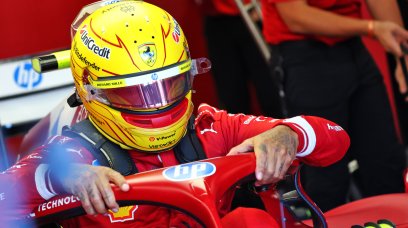


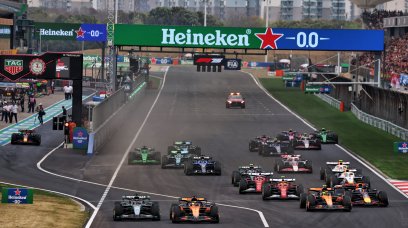
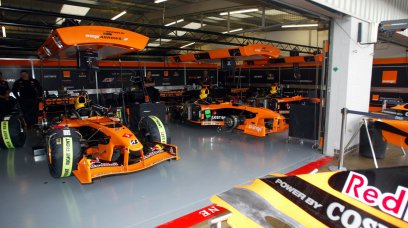
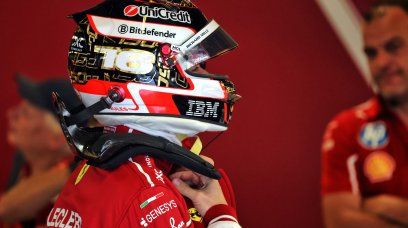
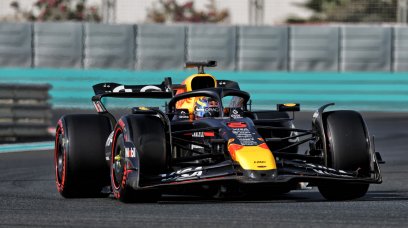
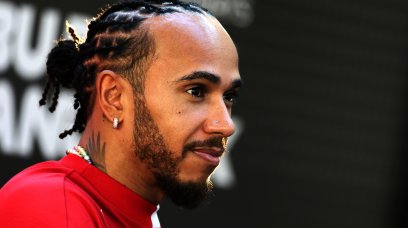
Join the conversation!